Establishing sustainable closed-loop research facilities capable of maintaining life on the Moon is an ambitious task only two countries have come close to so far.
Over the last 50 years, Russian and Chinese scientists have managed to create virtually autonomous systems to sustain life in outer space.
The lunar bases in focus are China's Yuegong-1 (also referred to as the Lunar Palace) and Russia's BIOS-3.
Both are environmentally closed facilities capable of supporting a long-duration self-contained mission with no external inputs other than power.
At first, researchers and designers faced serious issues in providing adequate life-support on a space station. However, the problem could now been solved thanks to the introduction of nutrient-dense foods, allowing for long-term research missions in the harsh and barren environment.
Check out Sputnik's infographic to learn more!
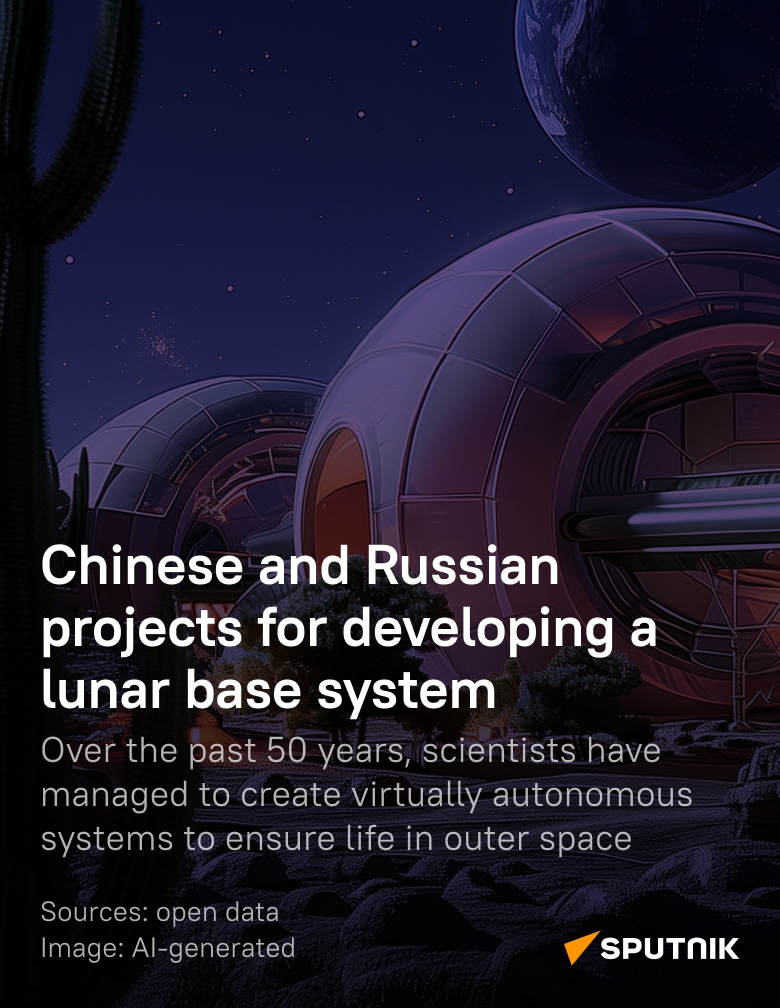
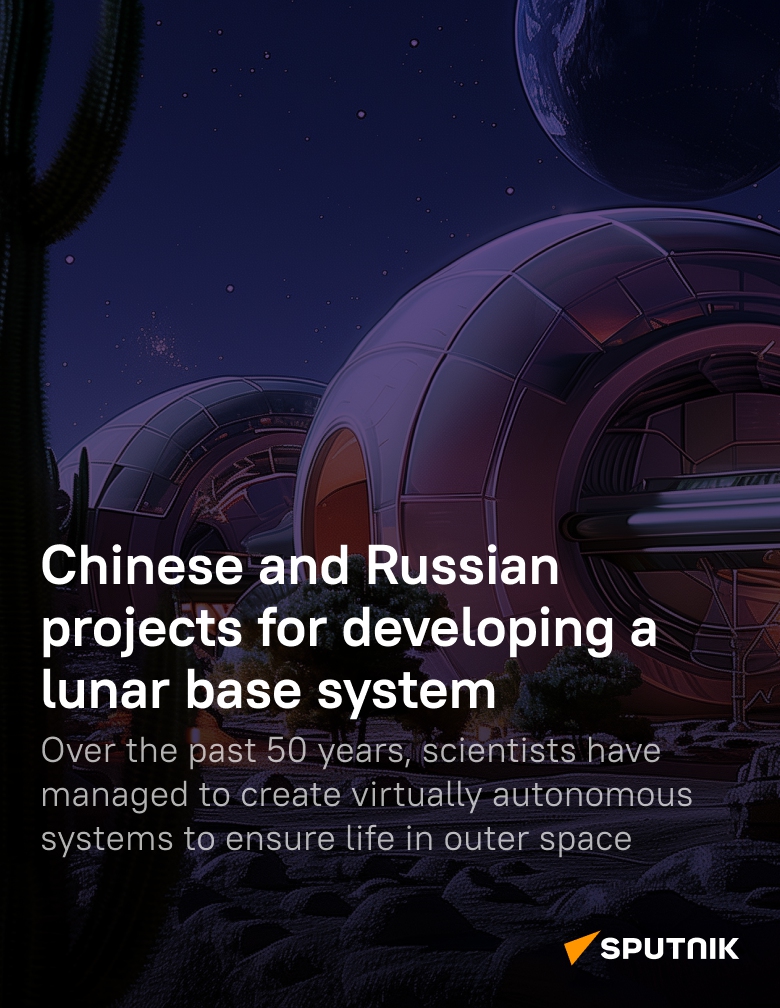
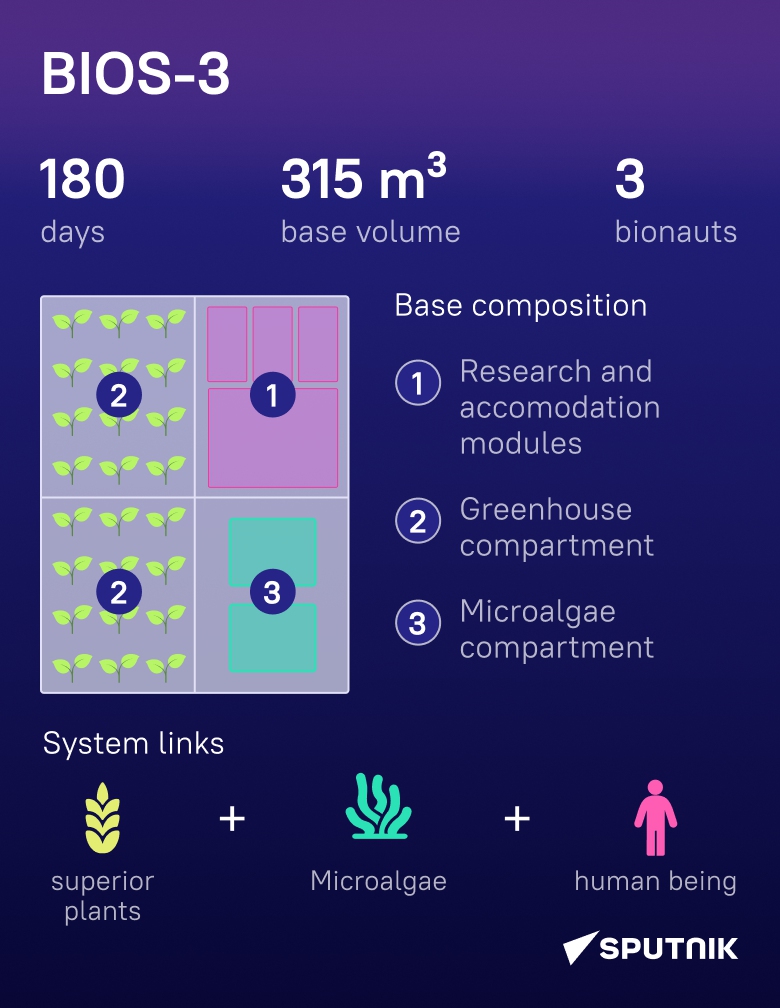
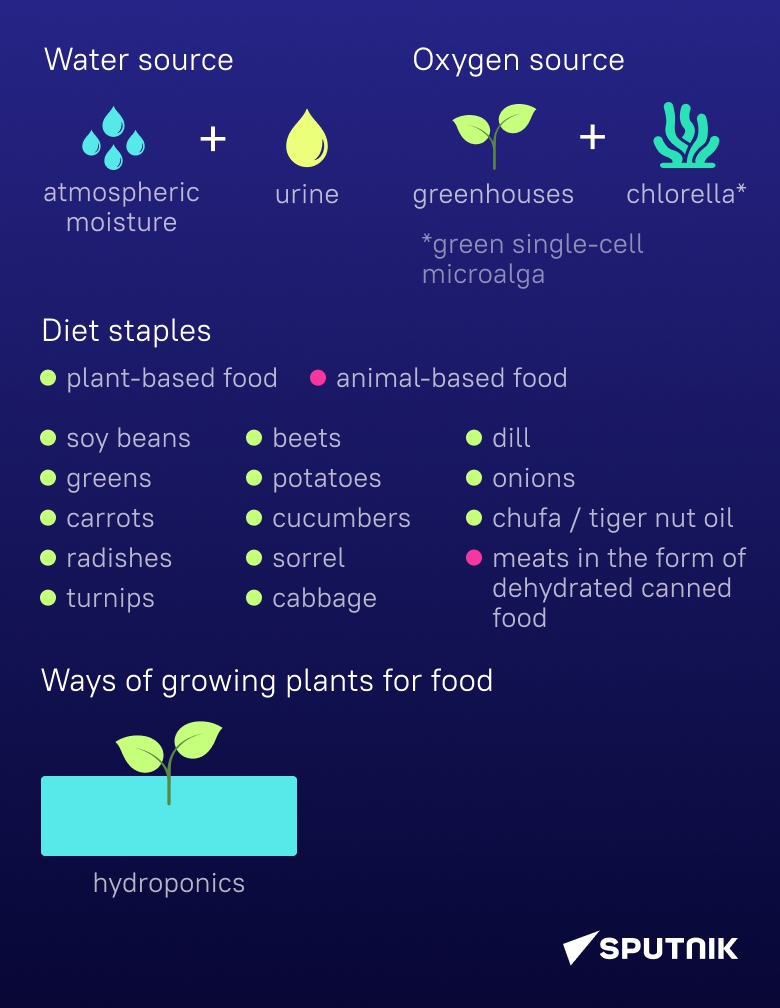
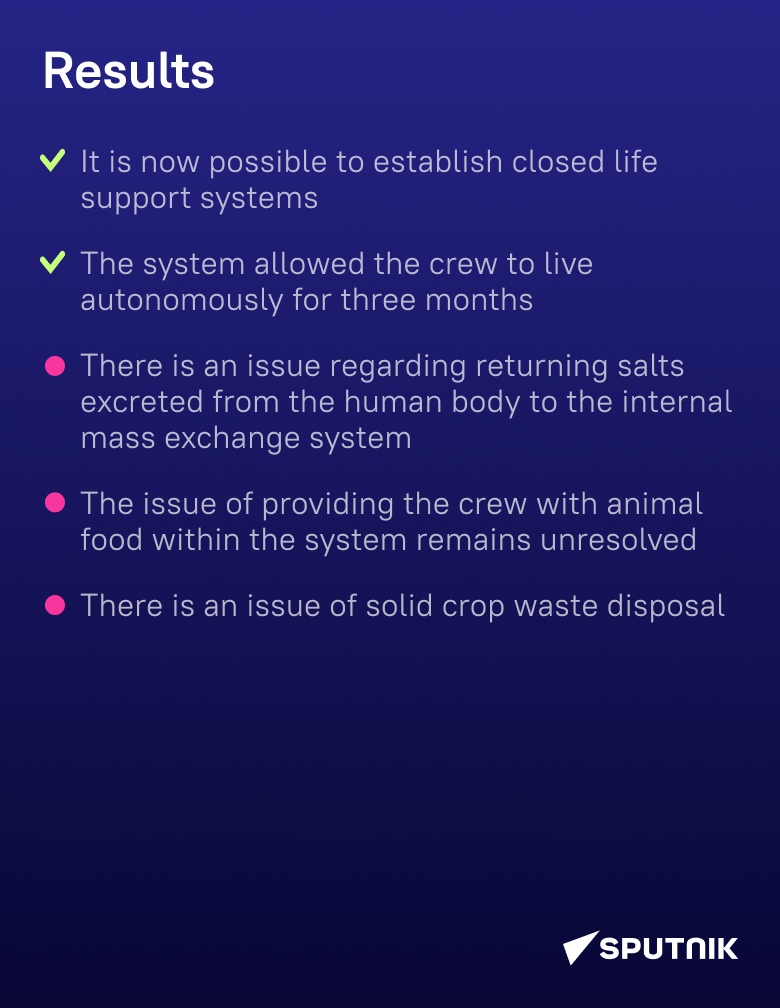
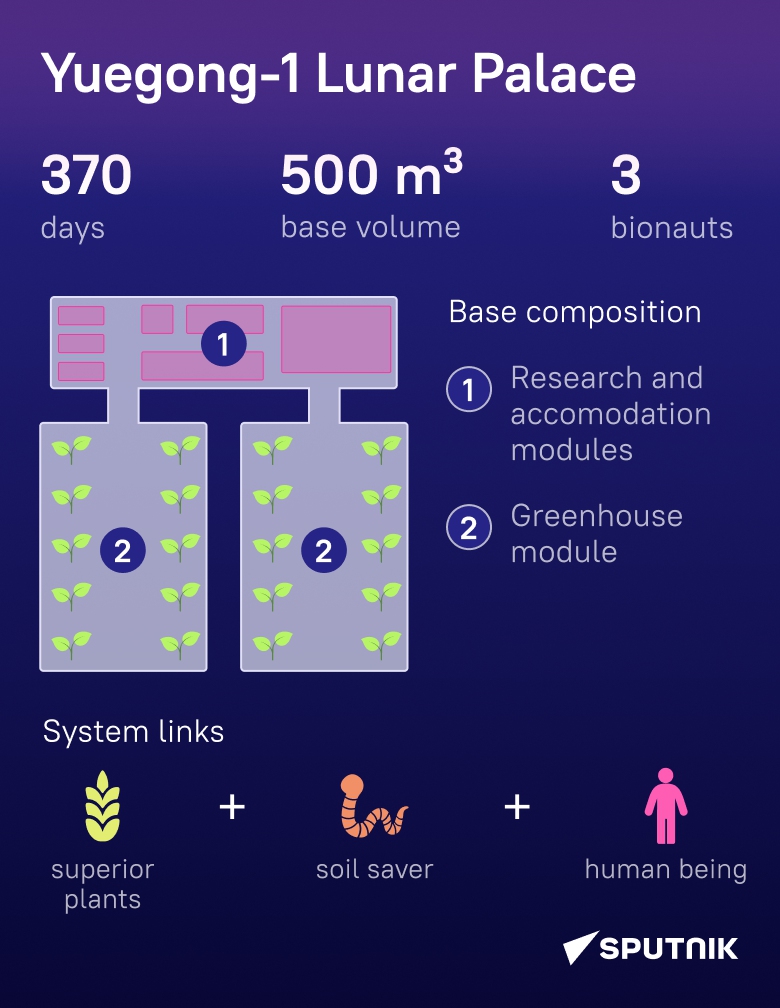
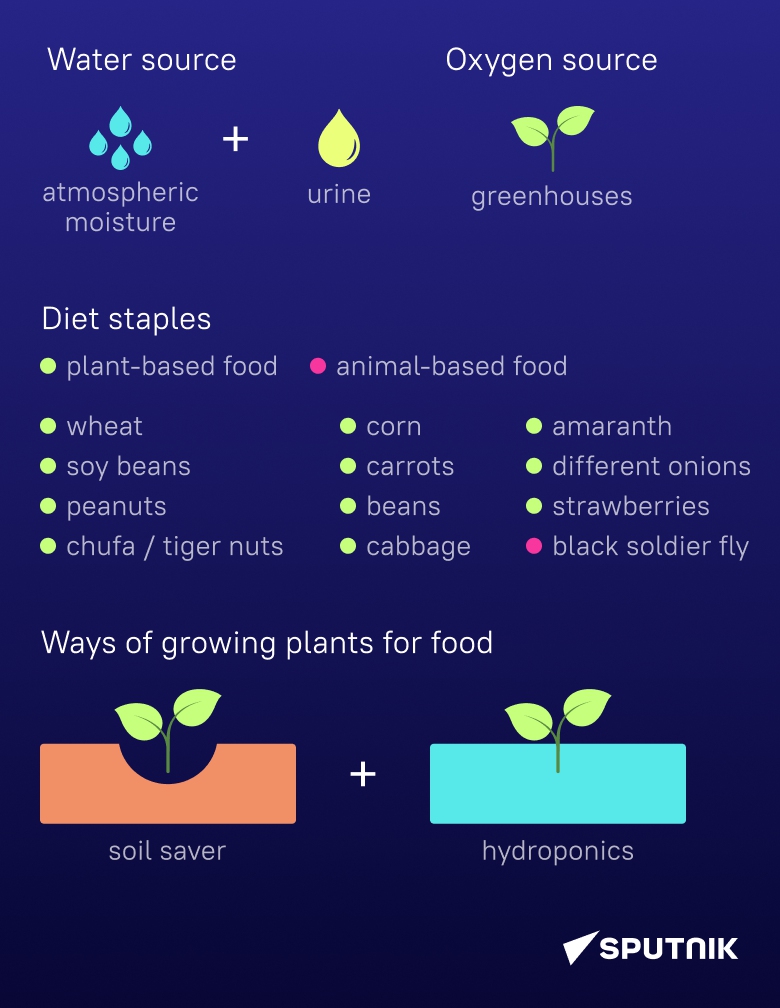
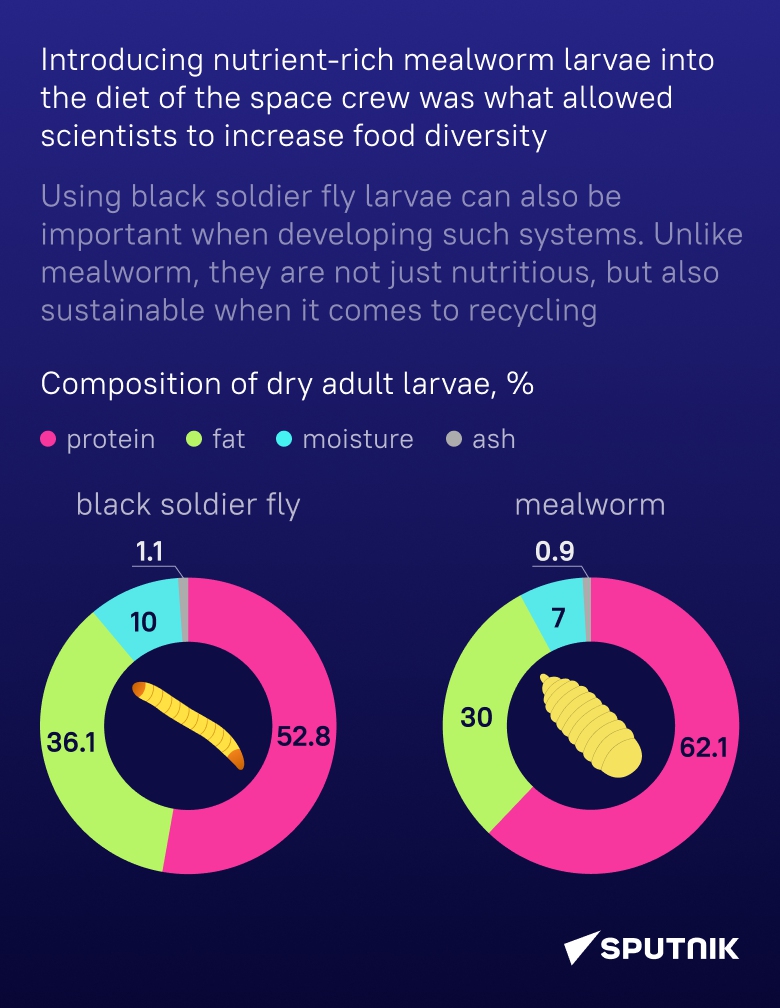
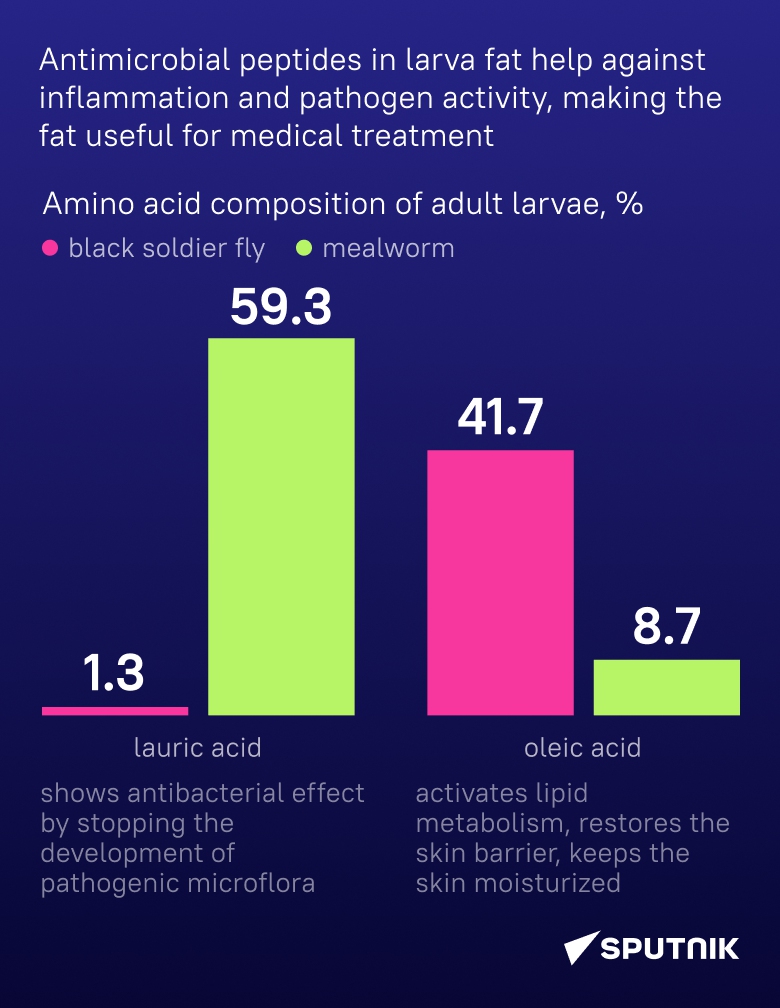
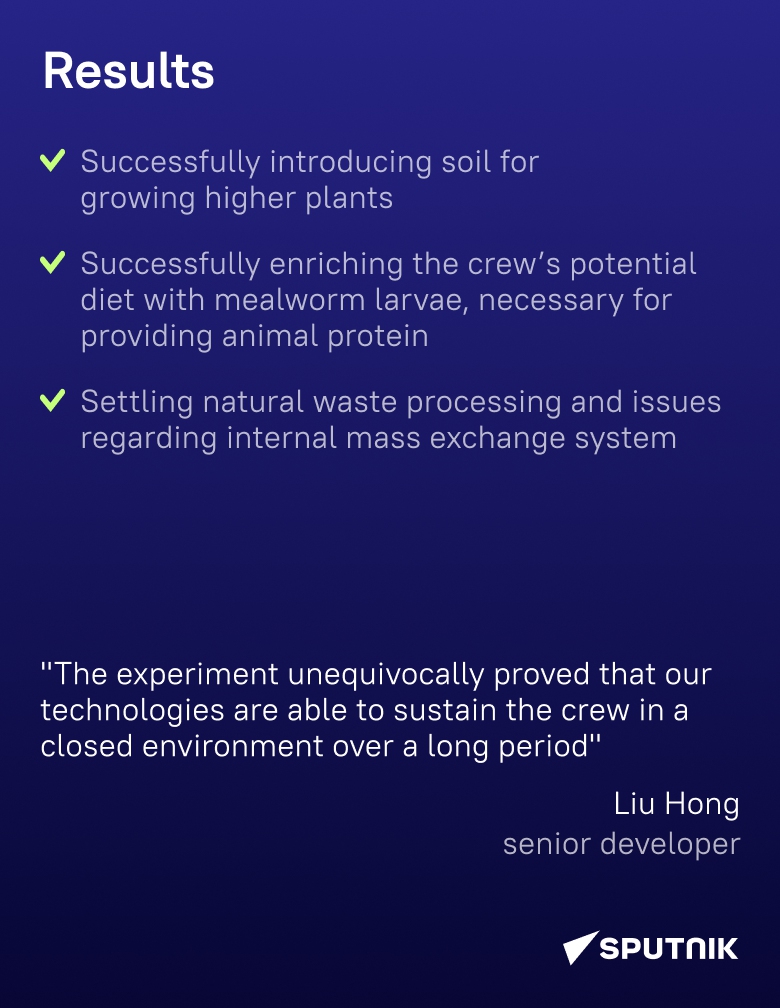
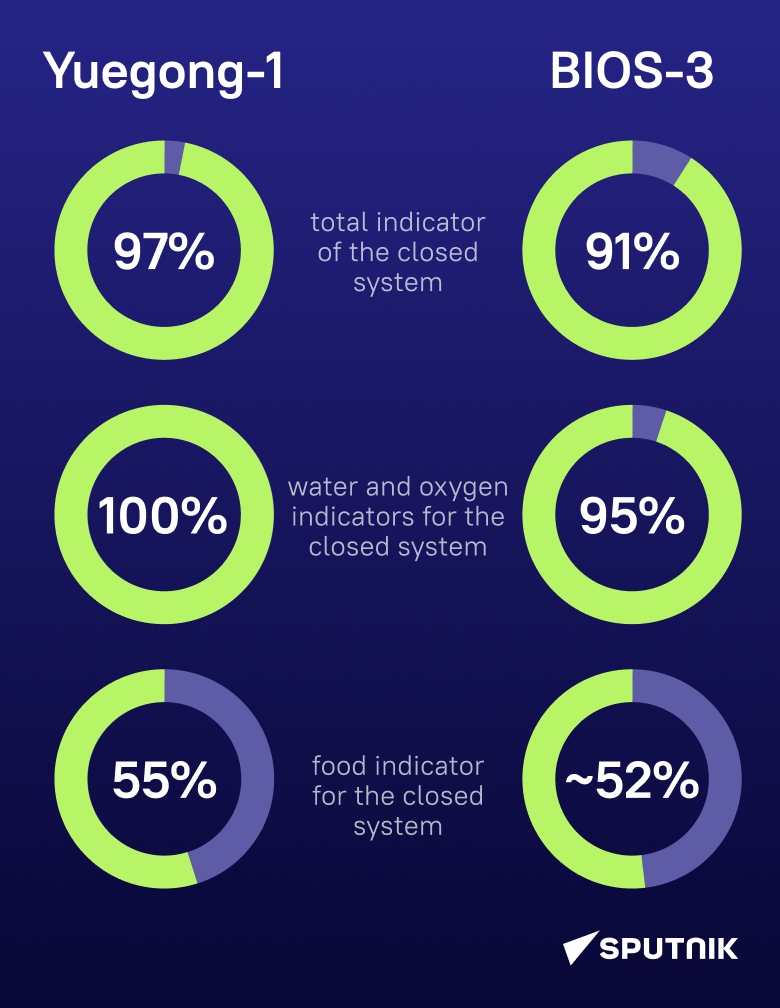
Over the last 50 years, Russian and Chinese scientists have managed to create virtually autonomous systems to sustain life in outer space.
The lunar bases in focus are China's Yuegong-1 (also referred to as the Lunar Palace) and Russia's BIOS-3.
Both are environmentally closed facilities capable of supporting a long-duration self-contained mission with no external inputs other than power.
At first, researchers and designers faced serious issues in providing adequate life-support on a space station. However, the problem could now been solved thanks to the introduction of nutrient-dense foods, allowing for long-term research missions in the harsh and barren environment.
Check out Sputnik's infographic to learn more!

Sources: open data Image: AI-generated

Sources: open data Image: AI-generated

Sources: open data Image: AI-generated

Sources: open data Image: AI-generated

Sources: open data Image: AI-generated

Sources: open data Image: AI-generated

Sources: open data Image: AI-generated

Sources: open data Image: AI-generated

Sources: open data Image: AI-generated

Sources: open data Image: AI-generated

Sources: open data Image: AI-generated
